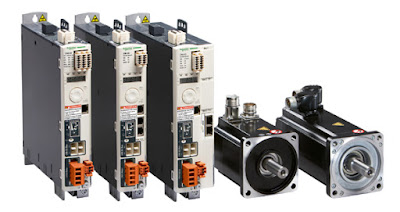Things That Everybody Should Know About Servo Motors And Drives
Servo motors and drives have been around for a long time, and they've been used in many technological applications. There are made in a wide range of sizes, yet it does not matter because they can all be effective and energy efficient. They are mostly used in industries such as food, in-line production and medical industries. By naming just a few, you know that servo motors and drives play a pivotal rule in our life.
To have a better grasp on how a server motors and drives operate, we need to look what is inside of them. Honestly, it pretty straightforward, but very functional design. It has a potentiometer, motor and control box. The motor is installed on the wheel and create rotations, where the potentiometer varies in resistance so that the control mechanism can adjust the speed, direction and movement.
When the servo motor reaches the wanted position, the motor will stop getting power. However, if that is not the end target, the motor will start working again in the planned direction. This direction is inputted through the electrical pulses and the signal wires, quickly and safely. The speed is calculated by the difference between the moment position and the planned position. For instance, if the motor was closer to the intended position, it will go slower and vice versa, if the motor is far away, it will go faster. This type of mechanism is named proportional control meaning it is the process where the motor work as hard as possible to finish the application, making it very efficient solution.
Servo motors and drives can be used in a wide range of tasks, such as using it to control the position of elevators, rudders and much more. So, it means that these devices are used when the human presence is too dangerous around, where the help of a motor or a robot will create an efficient and cost-effective solution to the current need. Also, servo motors can be found in in-line productions, where there is a need of very fast and precise work.
Servo motors can be categorised into two categories AC and DC. The AC servo motors can withstand enormous current surges, and they are used mostly in the heavy industries. On the other hand, DC motors are suitable for the smaller task. Logically, DC are less expensive than the AC, but sometimes ordering for a more complex system requires more customisation which can be costly. In the industries, engineers have created a specific built of servo motors that are used with continuous rotations which are the perfect fit for robot moving. This type of servo motors is made from two ball bearings that are found on the shaft, so there are reduced friction and better access to the controls.



Comments
Post a Comment